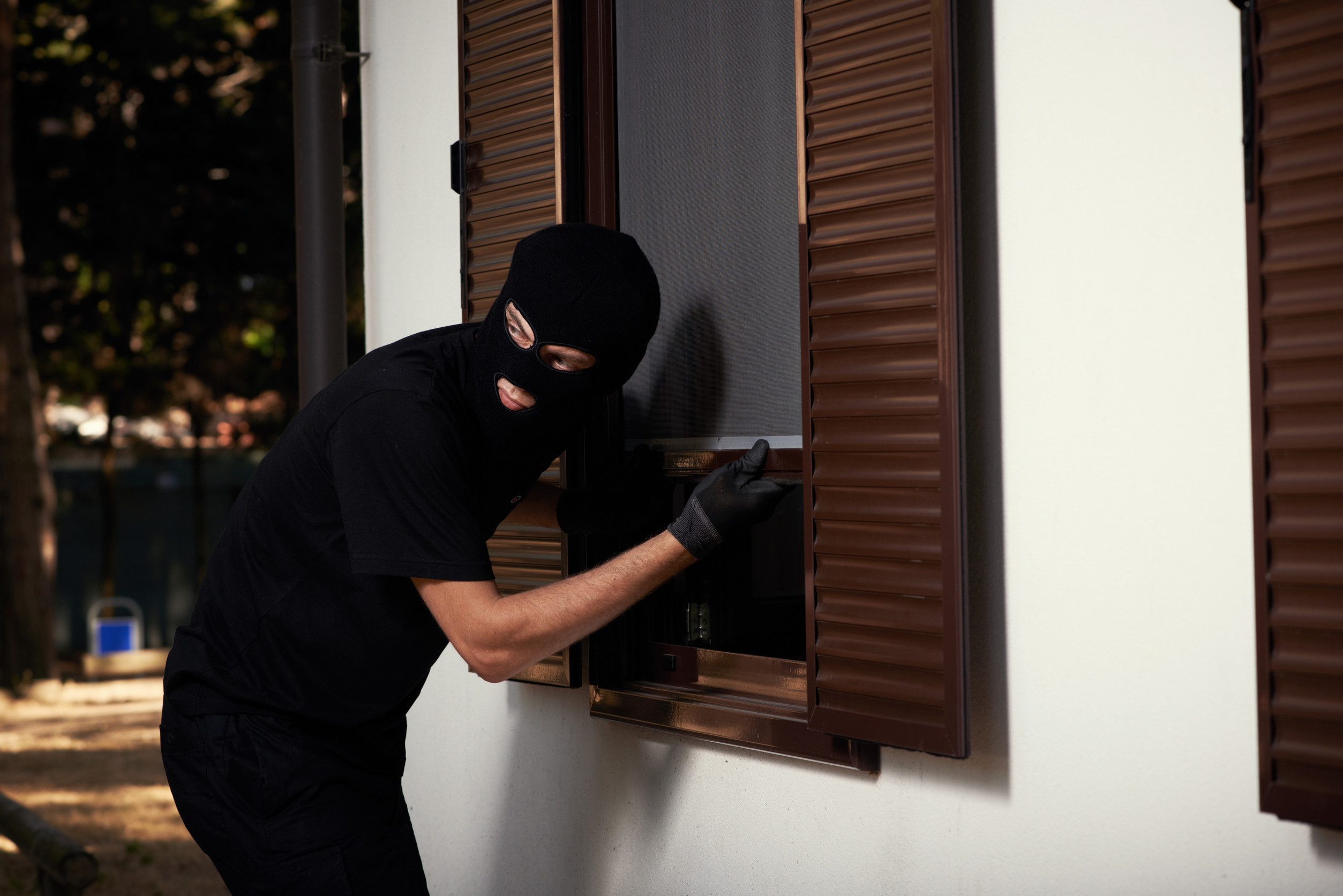It’s not always a ski mask and a crowbar. Sometimes, the biggest threats to home security are everyday habits—unnoticed and repeated without a second thought. Burglars don’t always choose homes randomly; they look for patterns, weak points, and signals that a house is ripe for the picking.
While alarms and cameras are useful, they’re only part of the equation. Knowing which habits invite trouble can make the difference between a peaceful home and a break-in waiting to happen.
1. Leaving Lights Off for Extended Periods
A consistently dark house is a flashing invitation to intruders. It signals no one is home and likely hasn’t been for a while, especially if this pattern holds for several nights. Motion sensor lights are helpful, but interior lighting matters just as much. A simple routine of turning lights on and off, even with timers, creates the illusion of activity. Without that illusion, a burglar sees predictability—and opportunity.
2. Letting Mail and Packages Pile Up
A stack of newspapers or packages on the porch is a dead giveaway. Criminals drive or walk through neighborhoods looking for signs that a house is unattended. Whether it’s an overflowing mailbox or packages sitting for days, the message is clear: no one’s home. Holding mail or asking a neighbor to collect it is a simple yet often overlooked solution. Ignoring this habit tells burglars they can take their time.
3. Oversharing on Social Media
Posting travel plans or vacation photos in real time is riskier than most people think. Broadcasting absence online is essentially announcing to the world that the house is empty. Even with privacy settings, information can leak through tags or public comments. Criminals do monitor social media for exactly these clues. Waiting to post until after returning home can close a major security gap.
4. Hiding Spare Keys in Predictable Spots
Under the doormat, inside a flowerpot, or above the doorframe—these are the first places any experienced burglar checks. It may feel like a backup plan, but in reality, it’s a liability. Criminals expect people to make access convenient for themselves and rely on that predictability. A better option is leaving a key with someone trustworthy, not somewhere obvious. A hidden key isn’t a secret if it’s hidden like everyone else’s.
5. Ignoring Landscaping and Yard Maintenance
An unkempt yard isn’t just an eyesore—it’s a clue. Overgrown grass, dying plants, or snow that hasn’t been shoveled can suggest the house is empty or neglected. This is especially true during vacations or longer absences. A tidy, well-maintained exterior implies active occupancy and regular presence. Burglars prefer houses that look forgotten, not ones that seem watched and cared for.
6. Leaving Windows Unlocked or Open
Windows, especially on the first floor, are one of the most common entry points for burglars. Even partially open windows offer just enough space to slip through. It’s easy to forget to close or lock them, especially during warm weather, but that’s what intruders count on. Sliding windows and older frames are particularly vulnerable if not secured properly. A habit of locking every window—even during the day—shuts down a common path of entry.
7. Not Locking Doors During the Day
Many people only think to lock up at night, assuming daytime brings safety. But daylight hours are actually when many break-ins occur—while residents are at work or out running errands. Leaving doors unlocked, even briefly, can give someone just enough time to slip in undetected. Burglars often test doors before taking more aggressive steps. Making it a reflex to lock up at all times builds a critical first line of defense.
8. Sticking to the Same Daily Routine
Predictable behavior makes a home easier to target. If it’s obvious that everyone leaves at 8:00 a.m. and returns at 6:00 p.m., burglars can work around that schedule. Even something as basic as always closing the blinds at the same time creates a pattern. Criminals often watch homes before acting, learning routines to find the perfect window of opportunity. Mixing up departure and arrival times, or occasionally leaving a car in the driveway, adds uncertainty they don’t want to deal with.
9. Neglecting to Use an Alarm System
Having a security system but rarely setting it is almost the same as not having one at all. Some people get too comfortable and forget—or choose—not to arm their systems, especially during quick errands or daytime outings. Burglars know this and may test homes to see how long it takes for an alarm to trigger, if at all. A system that’s never used becomes background noise. Regular use is what makes it an active deterrent.
10. Leaving Valuables Visible from Outside
Televisions, laptops, jewelry, and even expensive tools left in plain sight act like window displays. A burglar scoping out a neighborhood doesn’t need to get inside to know if a house is worth the risk. Open blinds or sheer curtains can offer a clear view of what’s available. It’s not just about hiding valuables—it’s about not advertising them. Rearranging furniture or closing blinds can drastically reduce temptation.
Break the Patterns Before They’re Broken Into
Security starts with awareness. Burglars count on people sticking to easy habits, repeating the same routines, and ignoring small details. Shifting even a few of these behaviors makes a home far less predictable—and far less appealing to a would-be intruder. It’s not about living in fear but about living with smarter habits.
What’s your take—do you see any of your own routines in this list? Drop a comment and share your thoughts.
Read More
10 Household Products That Got Cheaper—And Far More Toxic
9 Home Design Choices That Attract Burglars Instantly


